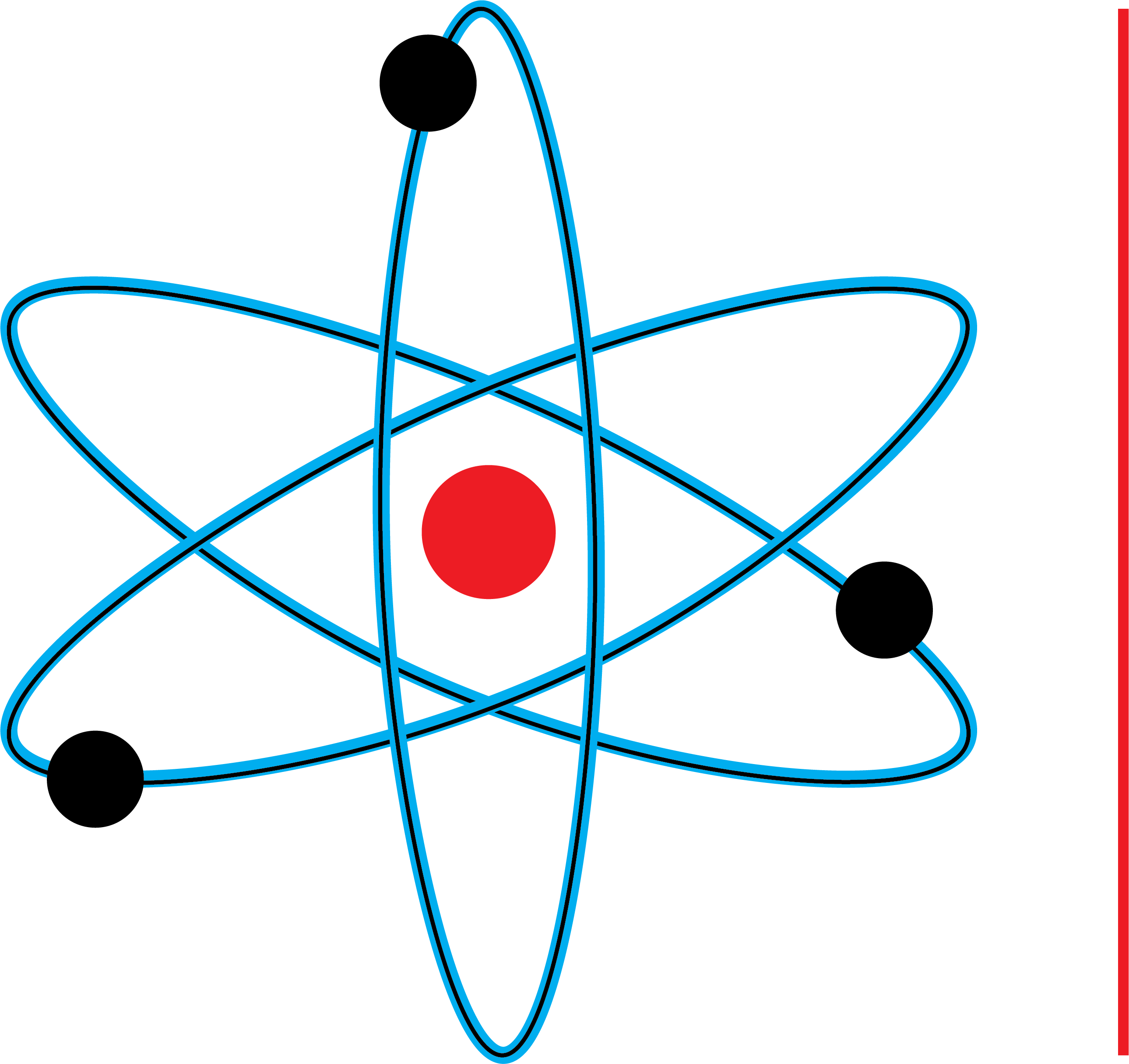Artificial Intelligence and Data Science
Our effort in this area ranges from the use of artificial intelligence to improve the analysis of biomedical images to the development of novel algorithms for the analysis of large population-based datasets. We are particularly interested in the use of AI and novel data science approaches to assess cardiovascular risk, both in hospital-based settings such as the intensive care unit and, using smartphone technology, in the ambulatory setting.
Selected Papers
Myers PD, Ng K, Severson K, Kartoun U, Dai W, Huang W, Anderson FA and Stultz CM. Identifying unreliable predictions in clinical risk models. NPJ Digit Med. 2020;3:8.
Aragam KG, Dobbyn A, Judy R, Chaffin M, Chaudhary K, Hindy G, Cagan A, Finneran P, Weng LC, Loos RJF, Nadkarni G, Cho JH, Kember RL, Baras A, Reid J, Overton J, Philippakis A, Ellinor PT, Weiss ST, Rader DJ, Lubitz SA, Smoller JW, Karlson EW, Khera AV, Kathiresan S, Do R, Damrauer SM and Natarajan P. Limitations of Contemporary Guidelines for Managing Patients at High Genetic Risk of Coronary Artery Disease. J Am Coll Cardiol. 2020;75:2769-2780.
Sohn K, Dalvin SP, Merchant FM, Kulkarni K, Sana F, Abohashem S, Singh JP, Heist EK, Owen C, Isselbacher EM and Armoundas AA. Utility of a Smartphone Based System (cvrPhone) to Predict Short-term Arrhythmia Susceptibility. Sci Rep. 2019;9:14497.
Au-Yeung WM, Sahani AK, Isselbacher EM and Armoundas AA. Reduction of false alarms in the intensive care unit using an optimized machine learning based approach. NPJ Digit Med. 2019;2:86.
Akerberg AA, Burns CE, Burns CG and Nguyen C. Deep learning enables automated volumetric assessments of cardiac function in zebrafish. Dis Model Mech. 2019;12:dmm040188.

